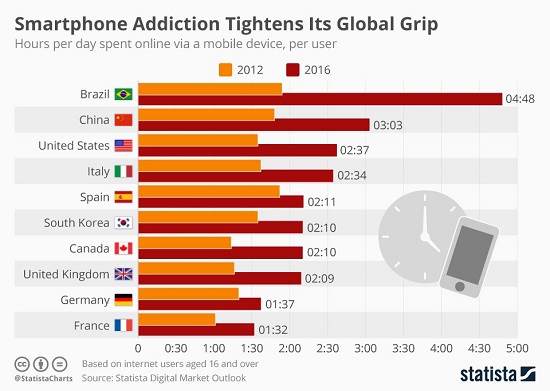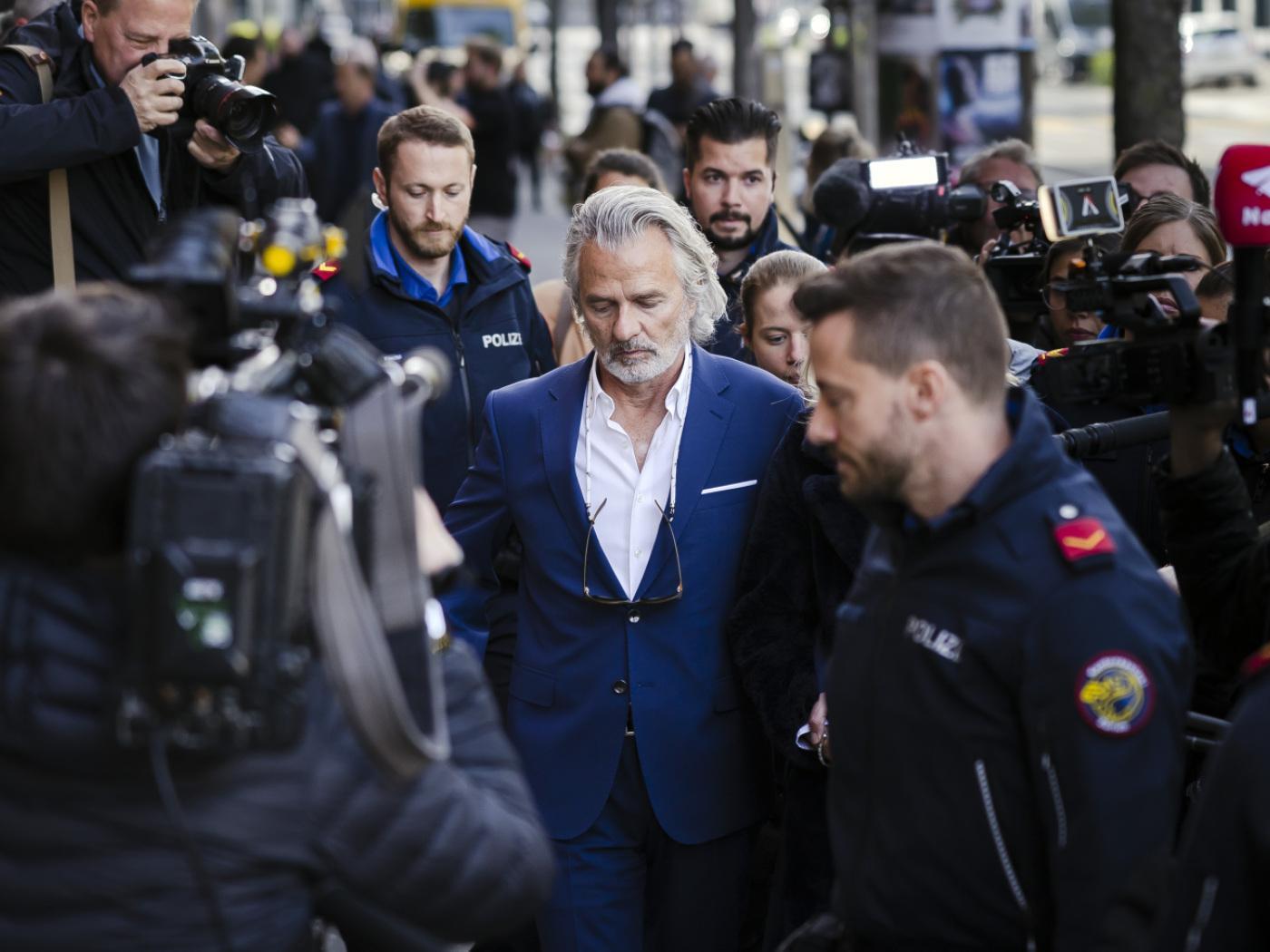Rebuilding social capital and social connectedness is not something that can be done by governments or corporations.
As the mid-term elections are widely viewed as a referendum of sorts, let’s set aside politics and ask, what’s behind the erosion of our civil society? That civil society in the U.S. and elsewhere is fraying is self-evident. It isn’t just the rise of us-or-them confrontations and all-or-nothing ideological extremes; social bonds between people are weakening.
There are many probable causes: addictive technologies such as social media and smartphones; chronic economic stress, greater mobility and a host of more subtle factors.
One such factor is the erosion of community and its replacement with state (government) or corporate structures. One of the most insightful essays I’ve read in the past few years is a report from the Guardian (U.K.) on What Happened When Walmart Left a low-income rural community in America’s Coal Country.
One of the most tragic findings, in my view, was that Walmart was the social hub of the community: Walmart was the place to go to meet friends, people-watch, walk around to pass the time, etc.
This is a remarkable reversal of a traditional community, which is centered around communal public spaces such as churches, temples, etc., town squares, Main Street, the local marketplace, etc. Now the center of social life is a corporate-owned private space dedicated to maximizing the profits of the corporation.
This dependency on corporate spaces is paralleled by a dependency on corporations and the state for income and the organization of social life.
This leads to the another tragedy: the near-complete lack of any non-state, non-corporate social structures; the general zeitgeist was near-total dependence on the state and corporations not just for income but for the structure of everyday life, to use historian Fernand Braudel’s phrase.
While the reporter found a few households had started gardens, the majority of people with what I term enforced leisure in my book Money and Work Unchained (i.e. little to no paid work available) did not use their leisure to create art (the fantasy of supporters of Universal Basic Income) or invest time and energy in non-state, non-corporate social structures; they spent their time watching TV, social media, etc.
This near-total dependence on state and corporate structures is so ubiquitous that it goes unnoticed and unmentioned. Not only have non-state, non-corporate social structures vanished, people have lost the values, skills and tools needed to assemble and maintain such structures.
We have lost much of the social connectedness that humans need, and we mourn this loss in ways that are not directly connected to our loss of social capital: addiction, loneliness, and early death.
How can we strengthen or repair our own connections and social fabric in such a disintegrative era?
There are two basic approaches: stop participating in destructive dynamics, and assemble the foundations of a connected social life.
If we use physical health as an analogy for social health, the first step towards improved health is stop consuming poison, i.e. stop destroying one’s health.
In the realm of decaying social relations, the poisons are readily apparent:
— The mass media, with its dependence on hysteria, fear, group-think and obsession with virtue-signaling as publicly displayed proof of one’s fealty to self-righteousness.
The mass media and social media both substitute passive watching and clicking for doing things in the real world via active participation.
–Toxic social media, a topic I discussed this week: Why Is Social Media So Toxic?
— Smartphones, when they cease to be occasional means of communication and become addictive: those who take their phones to bed, interrupt sex to check their phones (yes, studies have found this to be disturbingly common), ignore live conversations to respond to texts, etc., have a monkey on their back.
— An overly busy life that serves the needs of the workplace and household logistics but leaves no time, energy or awareness for actual intimacy, communication, friendship, sharing or belonging.
Why is it so difficult to make and maintain meaningful social bonds and belonging? While the long answer could easily fill several volumes, the short answer is something like this: the structure of modern-day life conspires against making and maintaining authentic social bonds.
By structure, I mean the large-scale financial /built structures of the economy and the large-scale structures of government—-the two hierarchies that dominate everyday life.
|
In effect, a vast experiment is taking place without any controls: an economic mode of production that focuses exclusively on maximizing profits is fostering 24/7 marketing and addictive technologies while a vast central state expands its reach into every aspect of daily life. Meanwhile, both dominant large-scale hierarchies have little reason to concern themselves with the erosion of the social order.
Rebuilding social capital and social connectedness is not something that can be done by governments or corporations; it requires a social revolution that is bottom-up, self-organizing–a do-it-yourself revolution without leaders or hierarchy or structure.
The good news is anyone can participate in this social revolution by re-ordering their everyday life to nurture authentic social connectedness.
|
Smartphone Addiction Tightens Its Global Grip |
My new book is The Adventures of the Consulting Philosopher: The Disappearance of Drake. For more, please visit the book's website.
Full story here
Are you the author?
Previous post
See more for
Next post
Tags: newsletter
























